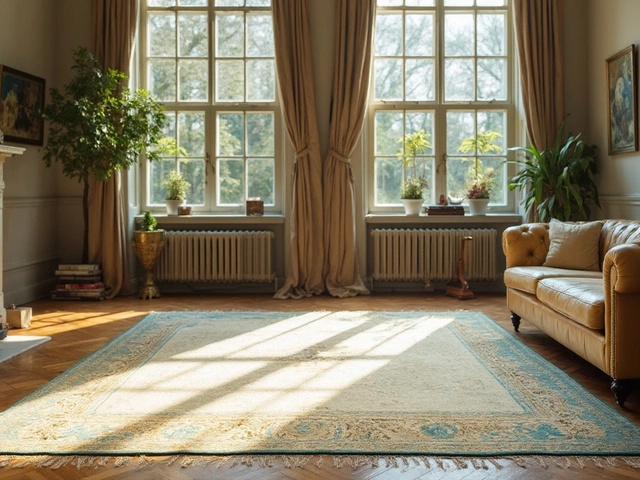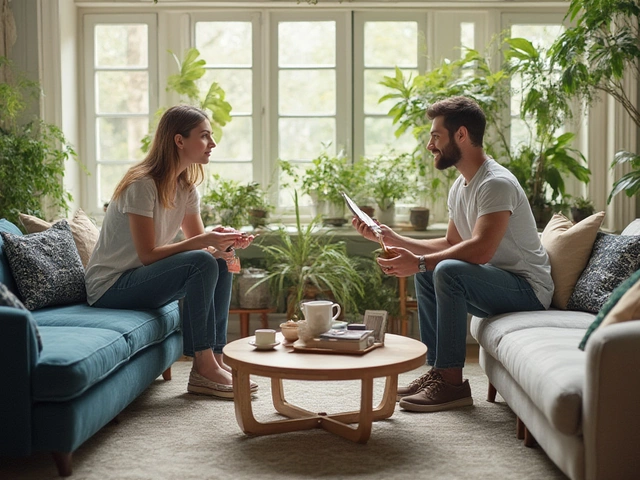Privacy Tips for a Cozy, Secure Home
Feeling like your living space is on display can make it hard to relax. The good news is that a few simple changes can turn any room into a private haven without spending a fortune. Below are quick, practical ideas you can start using today.
Choose the Right Window Treatments
Curtains are the fastest way to add privacy, but not all curtains work the same. If you want a clean look, go for curtains that stop just above the floor – a gap of 1‑2 inches keeps cleaning easy while still blocking sight lines. For rooms that need total darkness, consider blackout curtains, but remember they can trap heat; a light‑weight liner behind a decorative panel gives privacy without the heat buildup.
Mixing lengths can also create visual interest. A slightly shorter panel in a high‑traffic area lets you peek out when you need to, while a full‑length panel in a bedroom keeps the space truly private. The article “How Close Should Curtains Hang to the Floor?” explains the exact measurements to aim for, and “Can Curtains Be 2 Inches Off the Ground?” shows why that small gap matters.
When you have multiple windows, matching all curtains is optional. Using varied fabrics or patterns can add depth and still maintain privacy, as highlighted in “Should All Curtains in a Room Be the Same?”. Pick a bold pattern for a focal wall and a plain panel for the side windows – you get style and privacy in one go.
Use Furniture and Layout for Natural Privacy
Room dividers don’t have to be expensive screens. A tall bookshelf filled with books and decorative boxes creates a visual barrier that also offers storage. If you’re worried about the space feeling cramped, choose a slim, open‑back design – it blocks the view but lets light flow through.
Arrange seating to face away from high‑traffic zones. Placing a sofa with its back to the hallway or a dining table near a wall helps keep conversation private. Adding a rug under the seating area defines the space and signals that it’s a separate zone, which subtly discourages pass‑by chatter.
For bedrooms, consider a headboard that extends beyond the mattress. A tall headboard blocks line‑of‑sight from the door while adding a cozy vibe. If you share a smaller room, a simple folding screen can create a personal nook for reading or working without a permanent wall.
Finally, don’t forget the small details. Adding a lockable drawer or cabinet for valuables, using door draft stoppers, and installing dimmable lighting all contribute to a feeling of control over who sees what and when.
All these tweaks are easy to apply and cost‑effective. By choosing the right curtains, playing with furniture placement, and adding a few smart accessories, you can enjoy a home that feels private, comfortable, and stylish.

Is It OK to Sleep with No Curtains?
Ever wondered if sleeping without curtains is a good idea? Let's explore the surprising benefits, potential drawbacks, and tips for deciding whether to let natural light pour into your bedroom at night. No curtains might be the secret to better sleep, but what about your privacy?
Categories
- Storage (27)
- Bathroom (18)
- Sofas (15)
- Curtains (15)
- Home Decor (12)
- Bedding (11)
- Kitchenware (11)
- Cushions (11)
- Mirrors (10)
- Rugs (9)
Popular Articles



